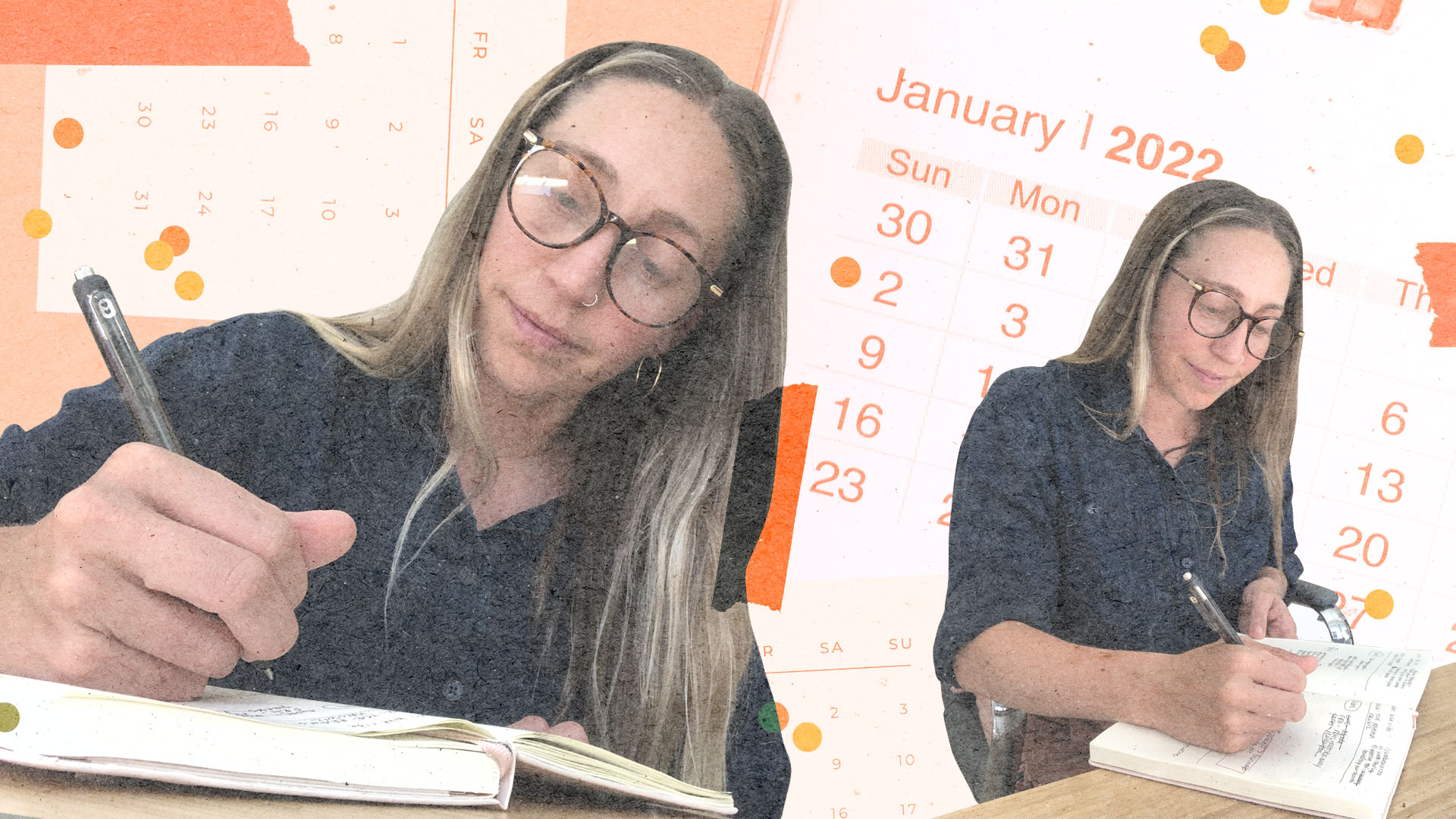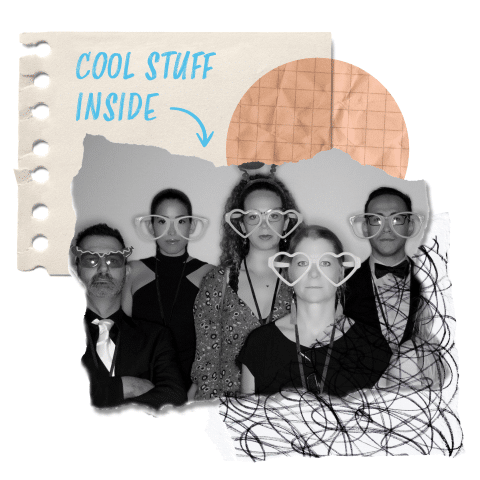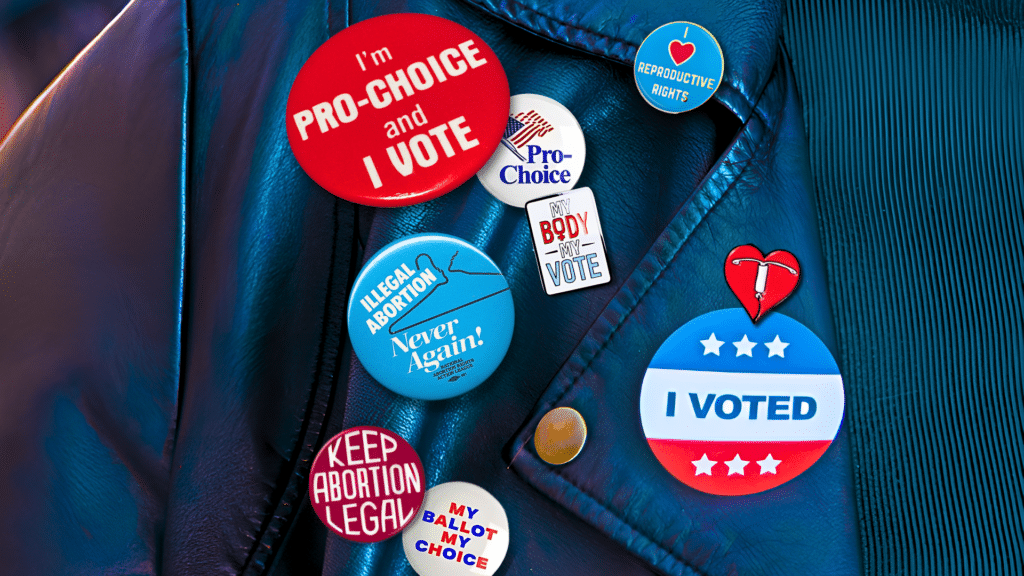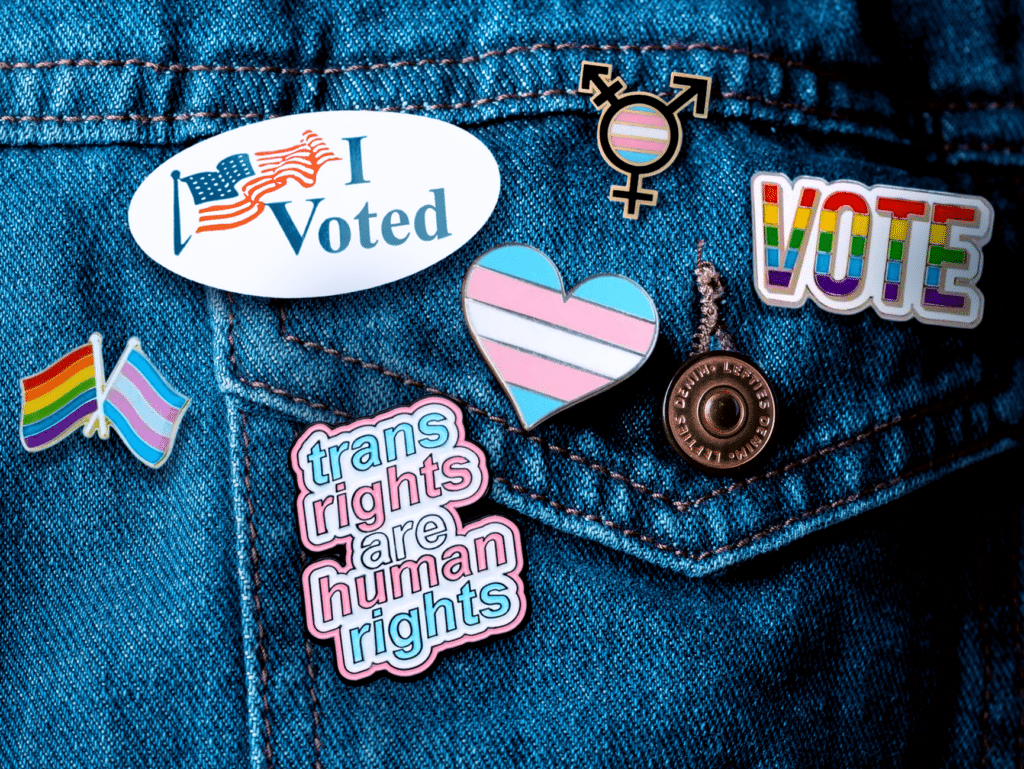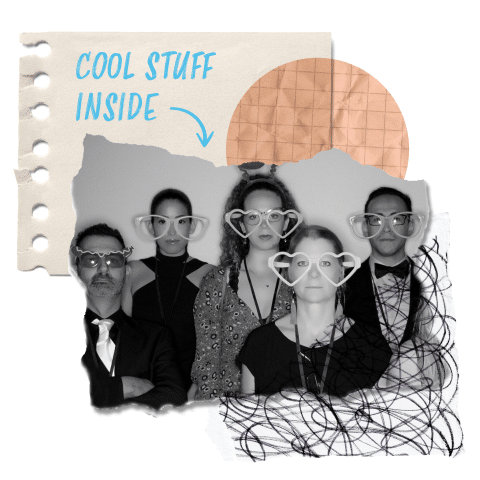Native American Heritage Month. Black History Month. National Domestic Violence Awareness Month. Mental Health Awareness Month. Hispanic Heritage Month. National Disability Employment Awareness Month. Women’s History Month. Asian Pacific Islander Heritage Month. LGBTQIA+ Pride Month. National Child Abuse Prevention Month. Jewish American Heritage Month. Breast Cancer Awareness Month.
In addition to the months above, there are weeks and individual days of recognition that recur each calendar year – think Holocaust Remembrance Day, International Women’s Day, Cesar Chavez Day, World Autism Awareness Day, Juneteenth, Indigenous People’s Day, and so many more. Add in annual days of remembrance for national tragedies, such as the anniversary of the January 6, 2021 capitol insurrection, the mass shooting at Pulse Night Club in Orlando, September 11th, murders of far too many innocent people, etc. and you’ve got something in your calendar almost every day of the year. These are what I’ll refer to as recognition moments.
And while there are a lot of them, these recognition moments are important. They’re intentionally dedicated to lift up a person or group of people, to remember something significant or to honor something instrumental. Not only should we recognize these days, but we must understand the way our organizational mission and our values inform how we recognize them, and then as communications experts, how this fits into our content strategy.
This is about when you may be asking yourself the question: But how do we know when to post (or not post) and what to say (or not say)?
Sorry to disappoint you, but there’s no quick fix. Determining your approach will require thoughtfulness and self-reflection – and in turn, your audiences will feel more connected to your vision, your values and the work you do overall.
Before we get into how to figure out exactly what’s right for you and your business or organization, let’s talk about what not to do, no matter who you are.
Do anything but this
If you only remember one thing from this blog post, remember this: Don’t do something just to capitalize on a trending topic. It’s hollow and way worse than posting nothing at all because it doesn’t demonstrate genuine care for the moment, issue or group of people.
In my own experience as a queer woman, I know that watching the flurry of rainbow logos appear on June 1 actually feels like a performative gesture. I roll my eyes and avoid social media on this day because it all feels shallow and empty. I don’t care about your logo or your rainbow template. Show me how you support LGBTQIA+ equality. Show me you care about our rights, not just the hashtag. Show me it’s about my community, not about you. Otherwise, the only message you’re putting out to the world is that for you, my rights are a marketing trend.
It’s why memes like this exist:
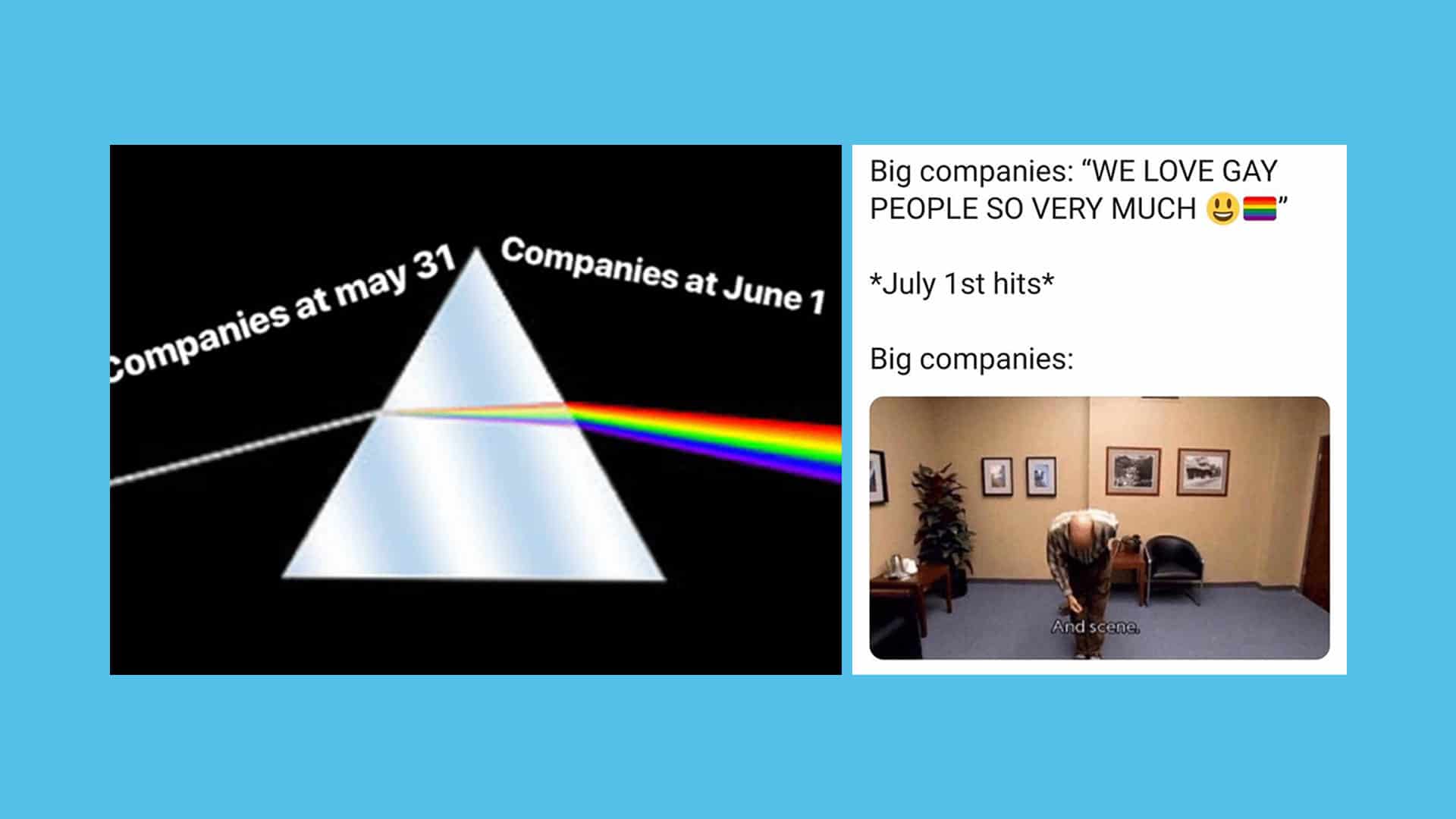
Now that you know what not to do, let’s get into what you should do.
A new era of brand accountability
When COVID-19 and the murders of George Floyd, Breonna Taylor, Ahmaud Arbery and too many more laid systemic racism bare, many organizations and businesses were left wondering how to respond in a time of perpetual turmoil, heartache and, of course, reckoning. Simultaneously being forced to exist almost exclusively at home, social media became our prominent connector.
With this, the power and momentum of these annual, recurring moments shifted to warrant a new kind of recognition. Communities wanted action and accountability – not just in that moment, but consistently. Scrutiny of brands and businesses was at an all-time high (rightfully so) as tolerance for performative allyship bottomed out.
Four guiding questions and a place to begin
I’ve been thinking a lot about how we can get back to the point of these recognition moments – which is to acknowledge and support often historically neglected communities – in a way that truly feels right. (And by right I mean, to support social change, not trending on Twitter.)
As communications professionals, we have a real opportunity to help the world recognize these moments with equity and community building. But it’s going to require more work on our end and a holistically different approach.
If you’re in, ditch your rainbow logos and dig into the following steps with me.
1. Before you do anything – reflect.
In order to understand what recognition moments make the most sense for you to speak on and how, you must first understand one thing thoroughly: yourself. Not you as a person, but your organization and what your team stands for when no one is watching.
Get together with your team and ask yourself the hard questions. I recommend the following to get started:
- What are your values? Meaning – at the end of the day, what do you stand for?
- What communities does your work directly impact? What do they care about?
- What social justice issues overlap with your work?
Throw everything up onto a virtual whiteboard or Google Doc, no questions asked. When it’s all out, go back through and circle the ones that stand out as the most important. Maybe they’ve come up multiple times, or you feel especially strongly about a handful of them. Once you’ve got the heavy hitters, move on to step two.
2. Write your internal manifesto.
Use your circled answers to complete this sentence:
Because (your organization/business) believes unwaveringly in (values), we recognize our responsibility to be vocal during moments related to (communities/issues).
Let’s try it with Mixte:
Because Mixte Communications unwaveringly believes in justice for all people and a sustainable planet, we recognize our responsibility to be vocal during moments related to injustice and climate sustainability.
This is not something you will ever publish or probably even say out loud. Instead, consider this your north star as you navigate a calendar year full of recognition moments; the manifesto that underlies how you decide to show up and why.
Moments can be predictable, like Black History Month or Martin Luther King Jr. Day, just as much as they can be unanticipated, like the sudden loss of a leader.
Once you have your internal manifesto, it’s time to get specific.
3. Map it out.
Next, go through this collection of recognition moments from the Social Justice Resource Center that we know at this point and pick out the ones that align with your manifesto above. Don’t create your content strategy yet, simply add the moments to your editorial calendar so you can keep track of them. (If you find yourself with more than three or four a month, go back to step one and get even more specific.)
Part of this also means letting go of the desire to say everything all the time, which drains your team, keeps you from posting meaningful and actionable content and waters down your message. Take a strong stand on the days that most directly apply to your work and audience. It doesn’t mean you don’t care about all the other moments or other people. It means you’re choosing to channel your efforts where it makes the most sense to you – in turn, building affinity with others that share your values, in your space.
4. Plan your actions – not just your social media content.
You’ve got your creed. You’ve got your list. Your editorial calendar has these moments planned out. Now is the opportunity for you to really think through your content strategy and how you want to show up in these moments that are so much bigger than each of us, individually.
The following are four tips as you plan your content strategy. Remember that planning your response doesn’t mean posting a black square on social media and calling it good. Consider your external communication (your social media, emails, website, etc.) as well as your internal communication (how are you honoring the moment amongst your team?).
- De-center yourself and lift others up.
These moments are not about you, so just let that go. When you remove yourself as the point of focus, you create space to center the communities most impacted – which is what this is all about, anyway. As you step to the side, invite in the voices of people representative of the community in whatever way you can. You can do this very practically by sharing links to free resources, reposting those who are most impacted (always with credit, of course), or recommending leaders to follow. - Focus on education and action.
Building a more just and equitable world is not solely the responsibility of the communities most impacted by injustice. It is everyone’s responsibility to educate themselves on the history of each movement and issue, and then to use that education to make decisions and take action. To that end, share educational resources in your content around these moments and be transparent about your organization’s plans to actively support communities that have been historically neglected. What you stand for is not enough for long – show your audiences that you’re invested. - Be an ally all year round.
Whatever you do, don’t stop caring when the themed moment has passed. Systems of oppression won’t stop, so we can’t either, and tokenizing isn’t a good look (see LGBTQIA+ memes above). As content creators, this means planning to uplift diverse voices, educational initiatives and action into your company culture all the time. Hey, no one said justice was convenient. - Remember that it’s not about being perfect.
I get it – it can be scary at first. Transparency and vulnerability always are (at least that’s what my therapist says). I encourage you to start small and do your very best to show up on the days, weeks, months and unanticipated moments where your values pull you. It’s up to all of us to resist injustice, and every recognition moment is an opportunity to build that collective power. And the truth is, you will mess up. I will mess up. We all will. When (not if) we do, we must listen, understand, and commit to doing better. We don’t stop – we just get back up and keep going with more knowledge and awareness.
As Maya Angelou once said, “Do the best you can until you know better. Then when you know better, do better.”
Now, we know better. So let’s all do better.
Ready to figure out your unique approach to recognition moments?
Download the resource to walk you through these four steps
Download the worksheet to plan your approach
Have feedback on this post, or want to book some one-on-one time together? Click here to get in touch.
